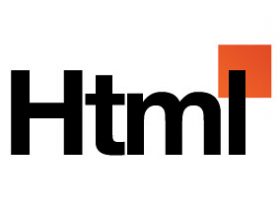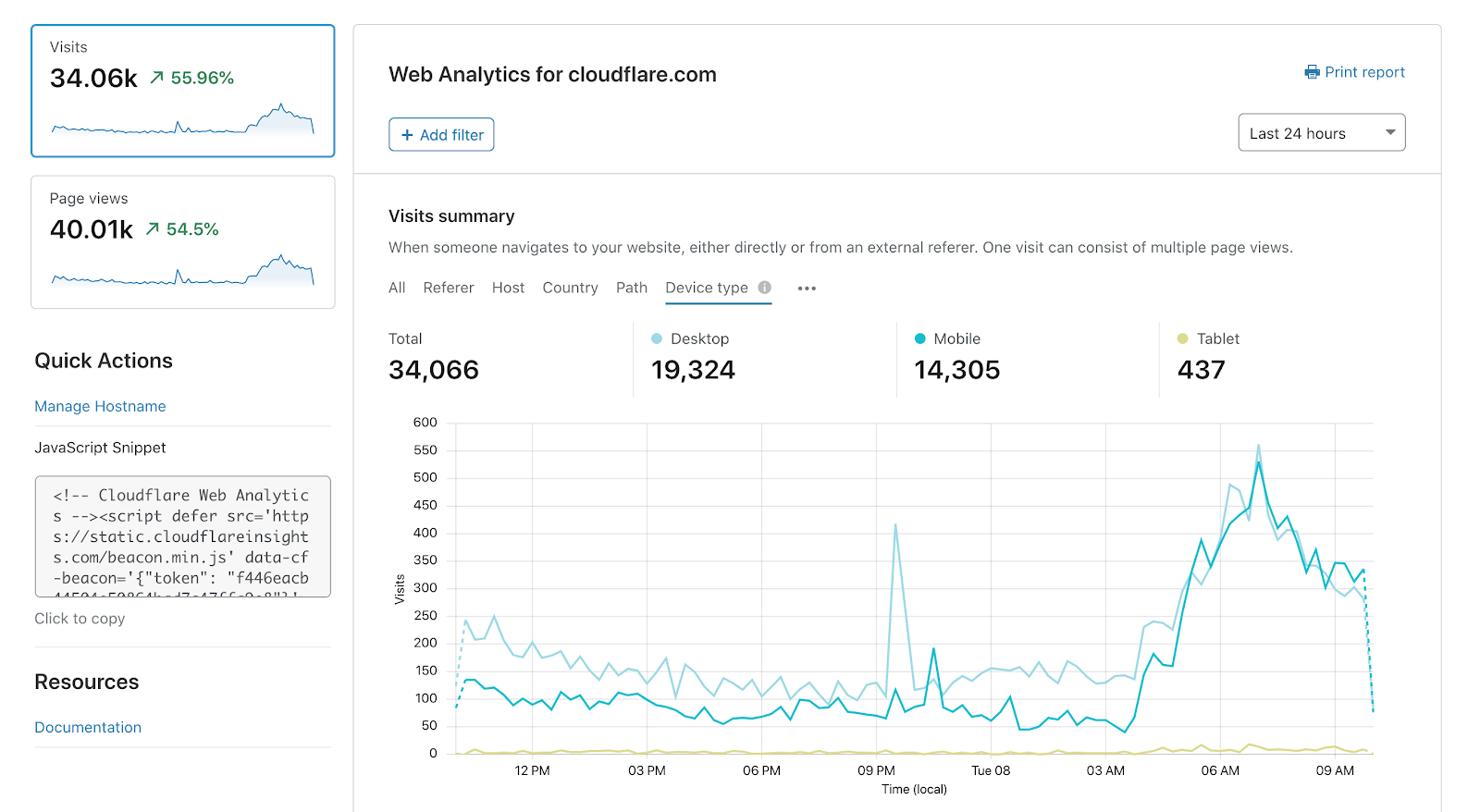3 Ways to Find Out If Your Links Are Toxic & Affecting Your SEO
If you have been in the game long enough, you know that links are an important part of search engine optimization. Getting backlinks from a website can help improve your site’s ranking on search engines like Google and Bing. Links from sites with high domain authority can also make your own site’s authority stronger. The tricky part is discerning which links you should pursue and which ones you should avoid. Any backlink is not created equally, so it’s important to vet any link opportunity that comes your way. If you aren’t sure whether or not a link will be helpful to your SEO, there are three quick ways to find out if that link might be toxic and hurt your SEO instead of helping it.
Check Linking Pages With SEO Tools
There are a few SEO tools that can tell you whether or not a particular linking page is toxic. They will also let you know if a page is canonical, if it’s on a domain with a high authority, and how much it’ll help your search engine rankings if you get a link from it. The first two tools that you can use to check linking pages for toxicity are Open Site Explorer and SEMrush. Both of these are great for finding out more information about linking domains and checking the authority of the pages on those domains. Open Site Explorer is a free SEO tool offered by Moz, so it’s best used for checking one linking domain at a time. It’s not the best option if you have a lot of links to check, but if you only have a few, it’s a great option. SEMrush is a paid tool that is great for checking multiple linking domains at once. It can also be helpful if you are trying to check a linking domain that is particularly large.
Run a Live URL Checker
A live URL checker is a quick and easy way to check out the link opportunity. This tool will examine the linking page or URL and will let you know whether or not it’s toxic. URL checkers are great for checking out a link before you decide to pursue it. They’ll also let you know how much authority that page has, how many backlinks are on it, and the anchor text used for that page. A live URL checker will tell you whether or not a page is canonical, how much traffic it gets, and how much it’s worth. It’s worth noting, however, that a live URL checker can’t tell you if the linking page will actually help your site’s SEO.
Run an SEO Tool to Find Toxic Links
There are a few SEO tools that can help you find toxic links. These tools will examine the linking page and tell you whether or not it’s toxic. These tools take into account the linking page’s authority, how many backlinks are on the page, and the anchor text of those backlinks. An SEO tool can also tell you how much the linking page is worth. The more authority the page has and the more backlinks it has, the more valuable it will be. Certain SEO tools, like SEMrush, also let you filter the results to show only toxic links.
Summary
A backlink is any link on another website that points to your own. For example, if your website were cosmism.com and someone linked to it from their website by using a sentence that read “Cosmism is a great site,” that would be a backlink. Getting backlinks from high-authority sites and using the right anchor text can help boost your SEO. However, not all links are created equally. You should carefully examine any link opportunities that come your way to make sure they’re not toxic. There are several ways to check linking pages for toxicity. You can explore the URL with a live URL checker or use an SEO tool to find toxic links.




